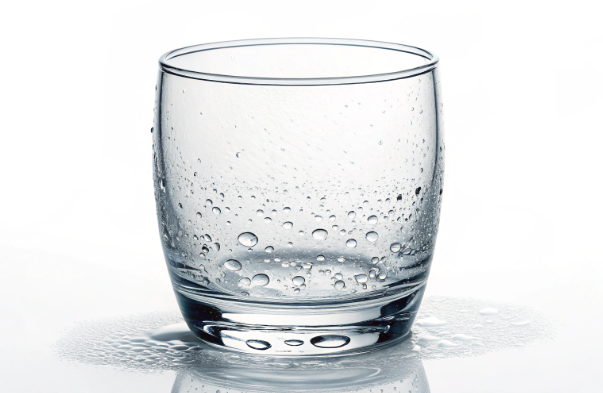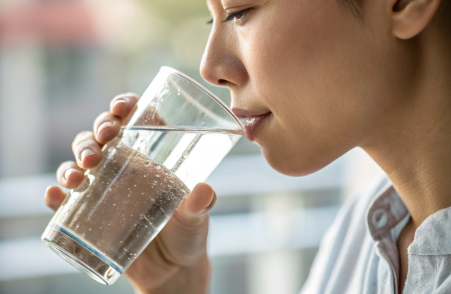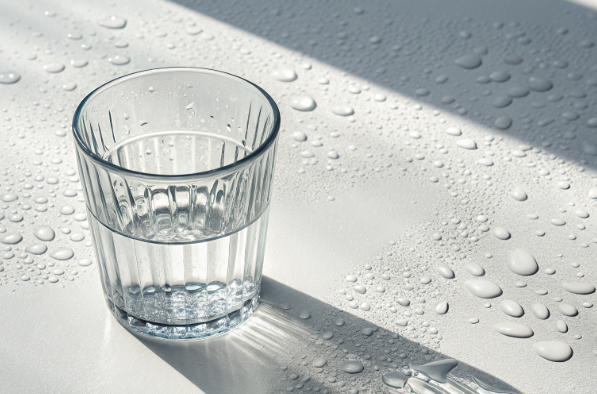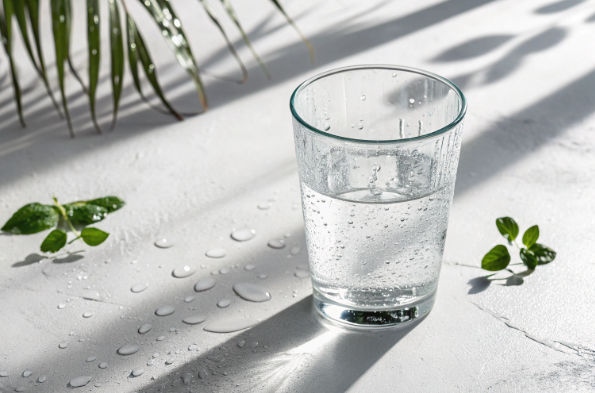Water is fundamental to life, making up over 50% of the human body’s weight and playing a critical role in nearly every physiological process. Proper hydration is essential for maintaining health, supporting organ function, regulating temperature, and ensuring cellular communication. Despite its importance, many people underestimate the complexity of hydration and how the body manages water balance.
This comprehensive guide explores the science of hydration, how the body regulates water intake and loss, the mechanisms involved in maintaining fluid balance, and practical advice for staying optimally hydrated. We will also discuss the role of quality packaging in promoting hydration products, highlightingwww.paupacking.comas a leading provider of sustainable and functional bottles designed to support hydration and wellness.


The Importance of Water in the Human Body
Water is involved in numerous vital functions, including:
-
Cellular function:Water facilitates nutrient transport, waste removal, and chemical reactions within cells.
-
Temperature regulation:Through sweating and respiration, water helps maintain body temperature.
-
Joint lubrication:Water cushions joints and tissues, preventing friction and injury.
-
Digestion and absorption:Water is essential for saliva, gastric juices, and nutrient absorption in the intestines.
-
Blood circulation:Water is a major component of blood plasma, supporting circulation and oxygen transport.

Body Water Composition and Compartments
The human body’s water is distributed across several compartments:
| Compartment | Description | Approximate Percentage of Body Water |
|---|---|---|
| Intracellular Fluid | Water inside cells | ~60% |
| Extracellular Fluid | Water outside cells, including blood plasma and interstitial fluid | ~40% |
| Blood Plasma | Fluid component of blood | ~7% of total body weight |
| Interstitial Fluid | Fluid between cells | ~26% |
Regulation of Water Balance
Water balance is maintained by a complex interaction of physiological mechanisms that regulate both water intake and output. The body continuously monitors hydration status and adjusts accordingly.
Thirst Mechanism
Thirst is the primary driver of water intake. Specialized osmoreceptors in the hypothalamus detect plasma osmolality—the concentration of solutes in the blood. When plasma osmolality rises due to dehydration, these receptors trigger the sensation of thirst, prompting fluid consumption.
Hormonal Control: Antidiuretic Hormone (ADH)
The posterior pituitary gland releases ADH (vasopressin) in response to dehydration. ADH signals the kidneys to reabsorb more water, reducing urine output and conserving body water. When hydration is adequate, ADH secretion decreases, allowing excess water to be excreted.
Kidney Function
The kidneys regulate water excretion by adjusting urine concentration through mechanisms such as countercurrent multiplication. They respond to hormonal signals and blood pressure changes to maintain fluid and electrolyte balance.
Additional Feedback Systems
-
Baroreceptors:Detect blood pressure changes and influence ADH release.
-
Renin-Angiotensin System:Activated during low blood volume, it promotes thirst and water retention.
-
Salivary Glands:Reduced saliva production during dehydration causes dry mouth, reinforcing thirst.
Table: Key Mechanisms Regulating Hydration
| Mechanism | Function | Effect on Hydration |
|---|---|---|
| Osmoreceptors | Detect blood plasma osmolality | Trigger thirst when solute concentration rises |
| Antidiuretic Hormone | Regulates kidney water reabsorption | Conserves water, reduces urine volume |
| Baroreceptors | Monitor blood pressure | Influence ADH release and thirst |
| Renin-Angiotensin System | Responds to low blood volume | Stimulates thirst and water retention |
| Salivary Glands | Adjust saliva production | Dry mouth sensation promotes drinking |
Effects of Dehydration on the Body
Dehydration occurs when water loss exceeds intake, leading to insufficient water in blood and tissues. Effects include:
-
Increased blood osmolality and concentration.
-
Reduced blood volume and pressure.
-
Impaired cognitive and physical performance.
-
Dry mouth, headache, dizziness, and fatigue.
-
Severe dehydration can cause organ failure and be life-threatening.
Hydration requirements vary by age, activity level, climate, and health status. General guidelines suggest:
-
Adult men: Approximately 3.7 liters (125 ounces) of total water per day.
-
Adult women: Approximately 2.7 liters (91 ounces) of total water per day.
-
Increased needs during exercise, heat exposure, illness, or pregnancy.
Water intake includes all beverages and moisture in food.
Practical Tips for Maintaining Hydration
-
Drink water regularly throughout the day, not just when thirsty.
-
Adjust intake based on activity, environment, and health conditions.
-
Include hydrating foods like fruits and vegetables in the diet.
-
Use reminders or apps to track fluid consumption.
-
Avoid excessive caffeine and alcohol, which can increase fluid loss.
The Role of Packaging in Supporting Hydration
Packaging plays a vital role in encouraging hydration by providing convenient, safe, and attractive containers for water and hydrating beverages.www.paupacking.comoffers innovative packaging solutions that promote hydration through:
-
Durable, reusable bottlesthat encourage regular water consumption.
-
Eco-friendly materialssupporting sustainability and health.
-
Customizable designsthat appeal to diverse consumer preferences.
-
Leak-proof and ergonomic featuresenhancing usability.
By combining functionality with sustainability,www.paupacking.comhelps brands deliver hydration products that consumers trust and enjoy.
Table: Hydration Tips and Corresponding Packaging Solutions
| Hydration Tip | Packaging Feature fromwww.paupacking.com | Benefit |
|---|---|---|
| Drink water regularly | Lightweight, portable bottles | Easy to carry, promotes frequent use |
| Adjust for activity and heat | Insulated bottles | Maintains temperature, encourages intake |
| Include hydrating foods | Packaging for healthy beverages and juices | Supports diverse hydration options |
| Track fluid consumption | Bottles with measurement markings | Helps monitor daily intake |
| Avoid spills and leaks | Leak-proof caps and seals | Convenience and confidence |


Conclusion
Hydration is a complex, vital process regulated by sophisticated physiological mechanisms designed to maintain fluid balance and support health. Understanding these processes helps individuals and brands promote effective hydration strategies. Proper water intake, combined with supportive packaging solutions like those offered bywww.paupacking.com, ensures consumers can meet their hydration needs conveniently and sustainably.
Whether for personal wellness or product development, integrating scientific knowledge of hydration with innovative packaging enhances health outcomes and consumer satisfaction. Stay hydrated, stay healthy.










